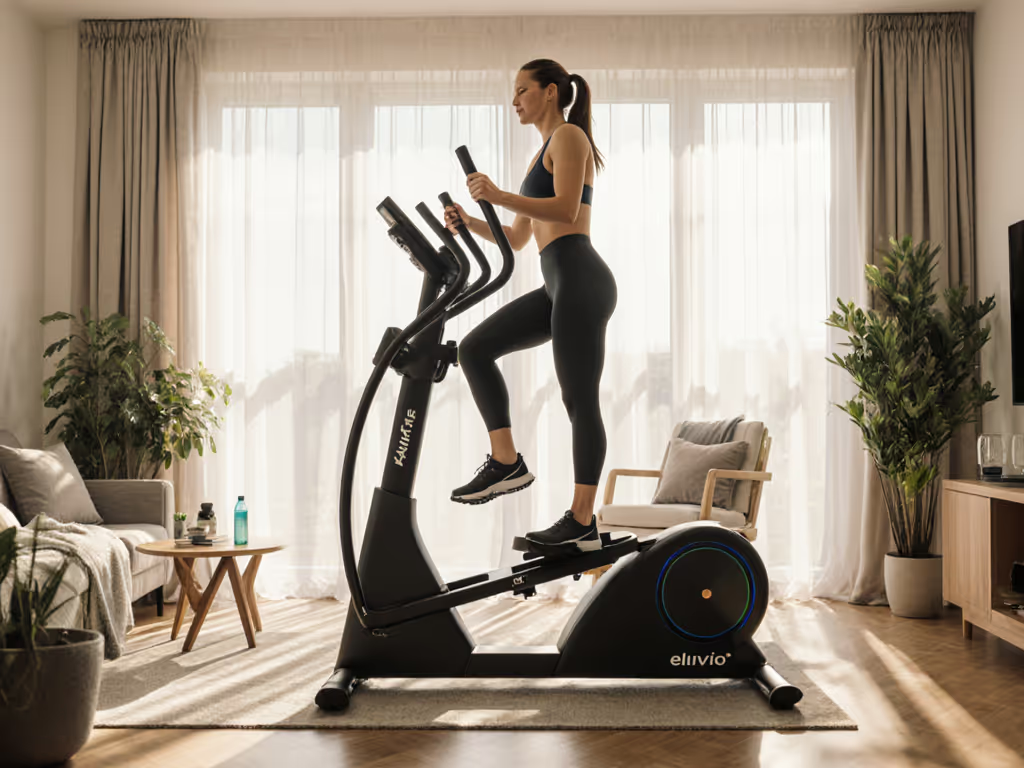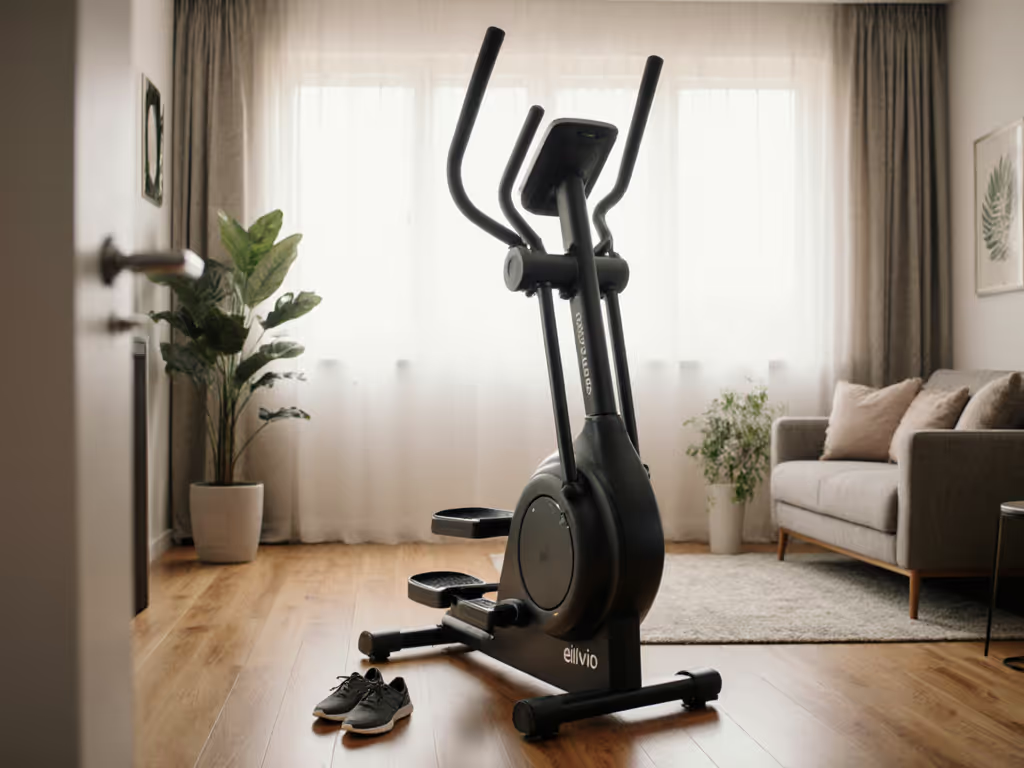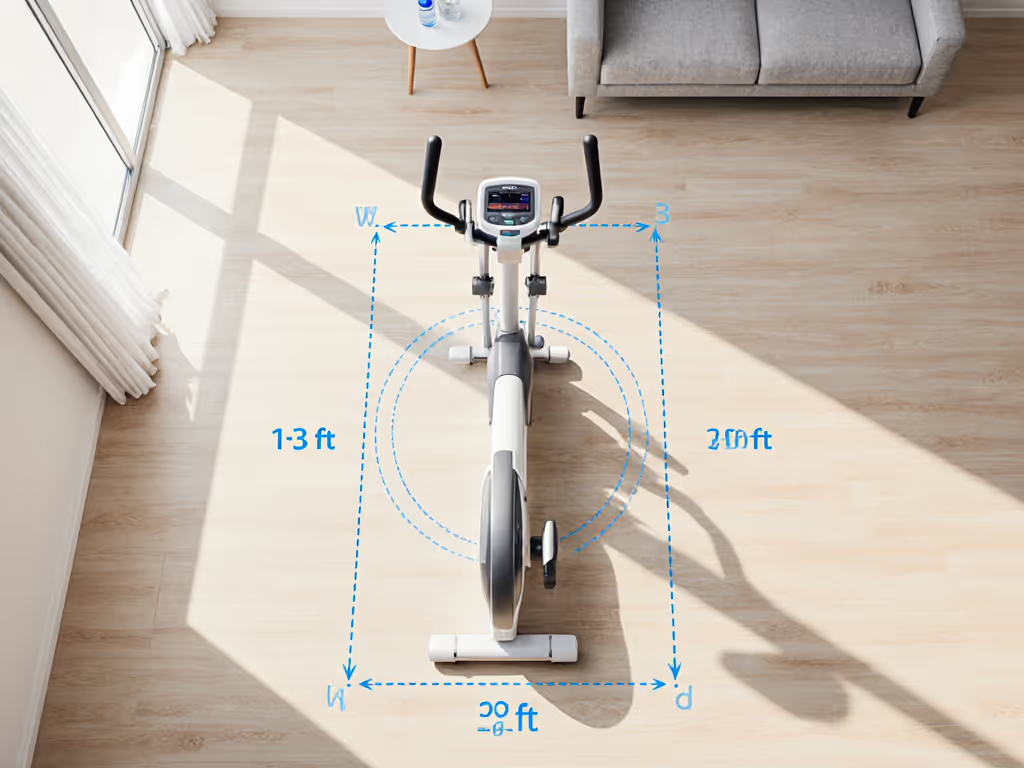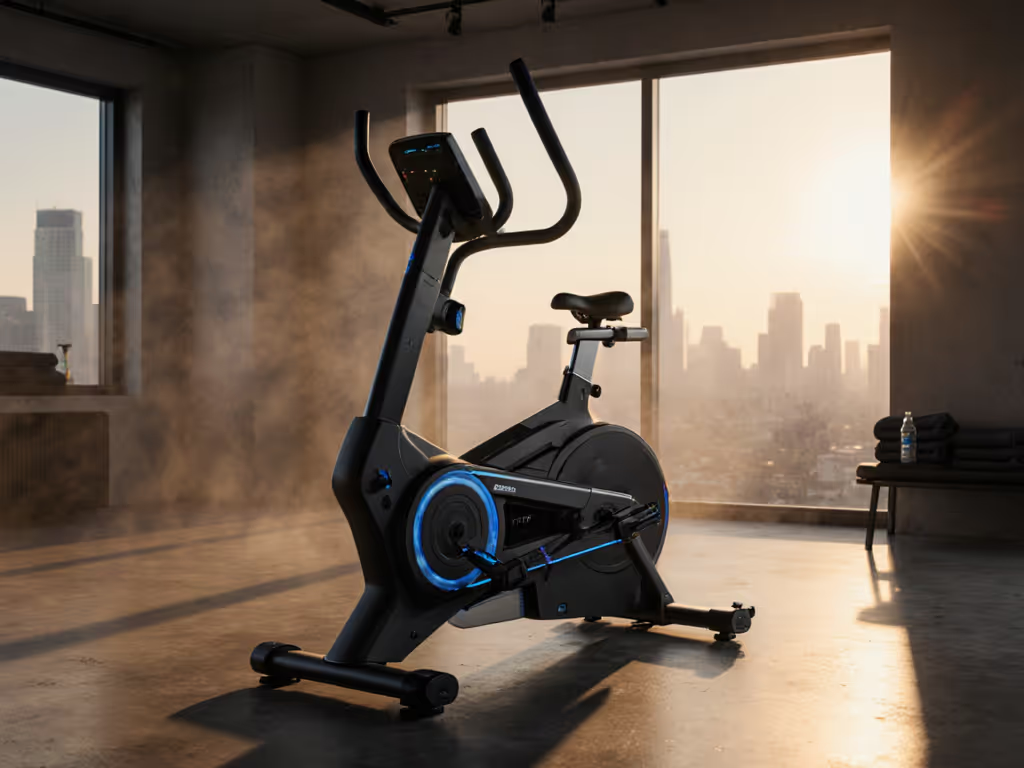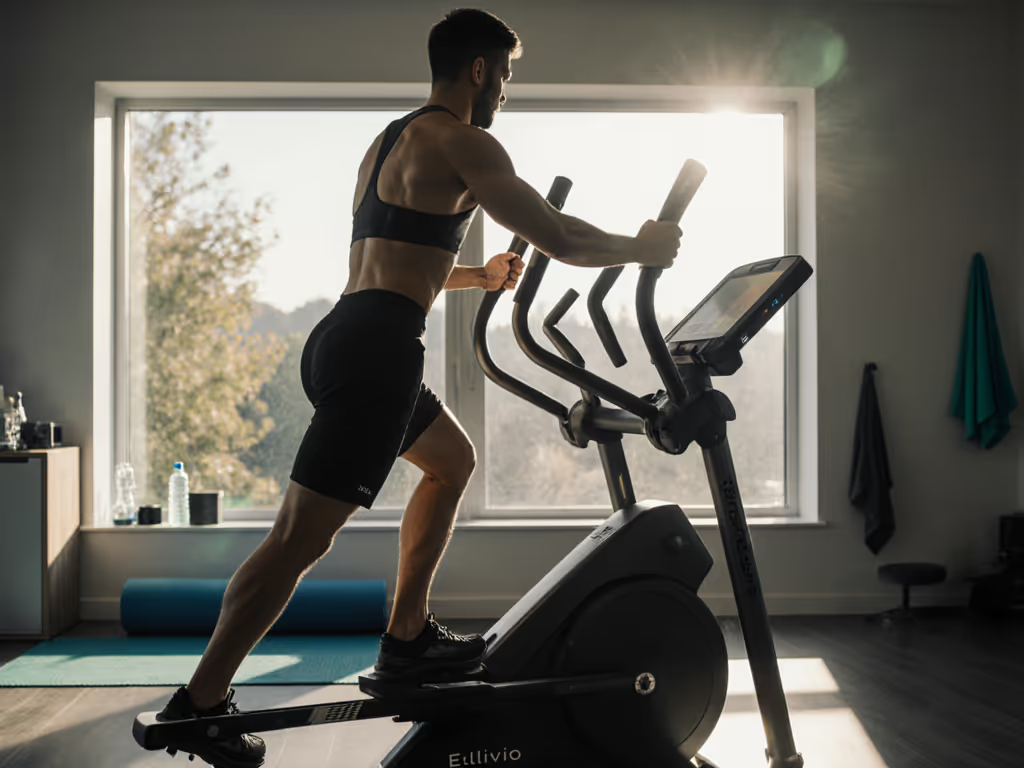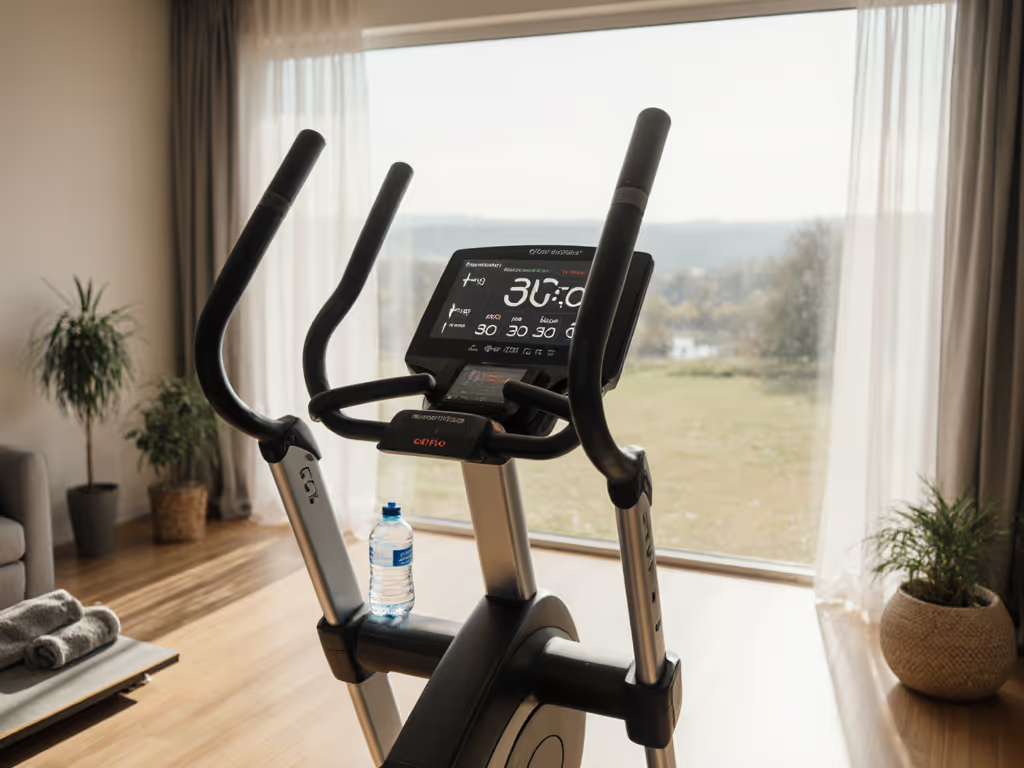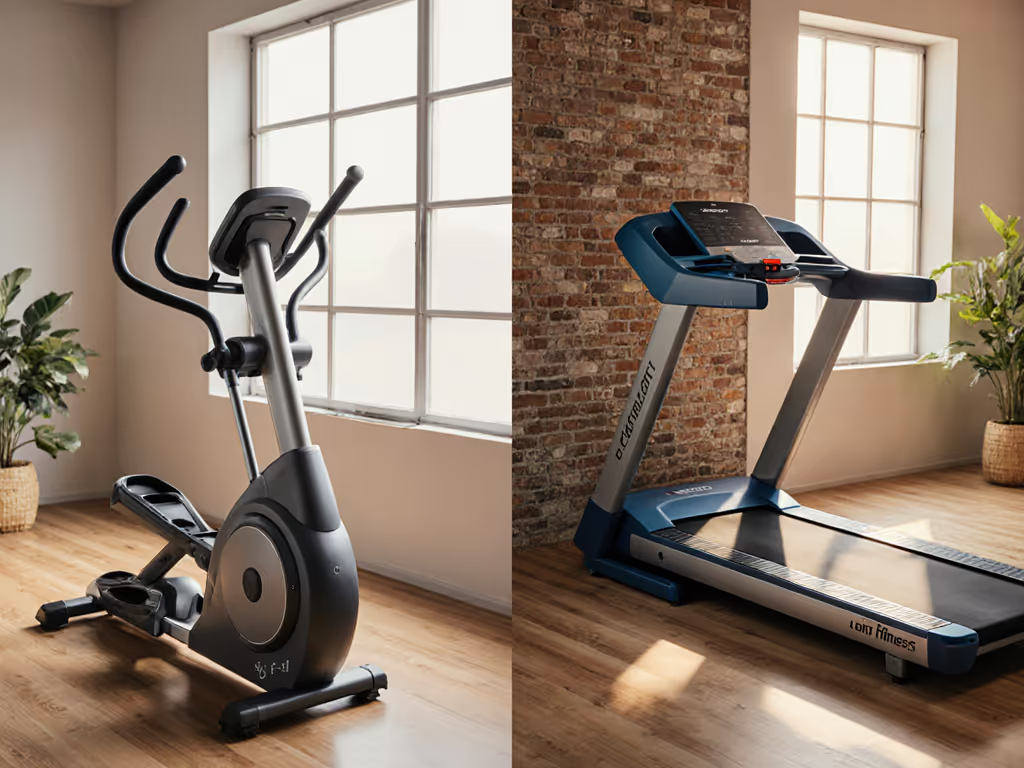Finding the best compact elliptical for seniors shouldn't feel like solving a puzzle. When space is tight and joint comfort matters most, you need a straightforward path to low impact exercise seniors can actually stick with. Forget overwhelming specs or extreme workouts (this is about building a daily rhythm that feels effortless, not exhausting). After years of helping time-crunched adults integrate fitness into small living spaces, I've learned that sustainable comfort is the shortest path to consistency. Let's cut through the noise with a simple, step-by-step plan tailored for your real life.
Why Compact Ellipticals Are Perfect for Gentle Senior Fitness
For many seniors, traditional cardio machines create more friction than function. Bulky treadmills demand significant floor space, while upright bikes can strain hips or wrists. A well-chosen compact elliptical sidesteps these issues by offering:
- Zero joint compression that protects knees and hips during movement
- Lower step-up heights reducing balance anxiety (critical for safe elliptical use for older adults)
- Seated or standing options adapting to energy levels or mobility needs
- Space efficiency fitting neatly beside a chair or in a 4x4 ft corner
Most importantly, it supports habit sustainability. When your machine tucks away quietly and requires no complex setup, you're far more likely to use it daily, turning cardio into a lifelong habit through small, repeatable wins. Your future self will thank you for prioritizing this ease right from the start.
Your 4-Step Setup for Stress-Free Success
Skip the guesswork. These steps address the top pain points my readers face (confusion over specs, space anxiety, and fear of discomfort) so you build confidence before your first stride.
Step 1: Measure Your Space & Body First (No Tape Measure? Use Your Foot!)
Why this matters: Nothing kills momentum faster than a machine that crowds your walking path or forces awkward postures. Aim for minimum clearance:
- Front/Back: 2 ft (for smooth stride motion)
- Sides: 1.5 ft (prevents wobble near walls)
- Ceiling: 8+ inches above your head at peak stride
Pro tip: Stand where the machine will go. Raise your arms overhead - this is your "stride height." If your ceiling feels tight, prioritize models with lower step-up heights. To understand how design affects step-up height, footprint, and stride feel, see our front vs rear-drive comparison. For stride length, measure your inseam: 20-24 inches typically suits most seniors. Too short? You'll feel cramped. Too long? Strain builds quickly in hips. When in doubt, choose a machine with adjustable stride (your joints will thank you later).
Step 2: Prioritize "Feel" Over Fancy Features
That glossy touchscreen won't matter if the motion feels jarring. Focus on these non-negotiables for joint pain elliptical relief:
Smooth resistance at the LOWEST setting is non-negotiable. If it jerks or grinds quietly, skip it.
- Silent drive system: Magnetic resistance (not friction belts) ensures whisper-quiet operation (ideal for home offices or shared spaces)
- Cushioned, wide pedals with textured grip (reduces foot slippage and supports safe elliptical use for older adults)
- Handle comfort: Padded moving arms that don't strain wrists during longer sessions
- Soft-start resistance that builds gradually, never abruptly
Skip anything requiring subscriptions for basic metrics. You deserve glanceable time/distance/calorie data without app logins. True fitness machines serve you, not their ecosystem.
Step 3: Build Your Zero-Friction Onboarding Routine (Takes 2 Minutes)
This is where most routines fail: complicated setups. My wrist injury taught me that sessions must be shorter than your morning ritual to stick. Design yours like this:
Your First-Week Checklist
Start with just 3-5 minutes daily. No screens. No playlists. Just you and the rhythm. Notice how your feet feel (no gripping, no tension). When this feels automatic (usually by week 2), add 1 minute per session. This tiny-win approach builds unstoppable momentum while protecting joints. Remember: consistency beats duration every time.
Step 4: Troubleshoot Comfort Before Intensity
If you feel strain anywhere (knees, shins, or lower back), pause. This isn't about pushing through; it's about adjusting before discomfort becomes discouragement. Try these fixes:
- Knee pain? Lower resistance and shorten stride. A true fitness machine won't dig into joints.
- Feet slipping? Check pedal texture (rubberized surfaces prevent micro-adjustments that tire calves).
- Wrist ache? Use stationary handles (if available) or grip lightly; tension travels up arms.
Never force a stride that feels choppy. Your body's feedback is your best guide. Adjust once, not repeatedly, this preserves your mental energy for showing up tomorrow.
The Real Win: Making Movement Unavoidable (Not Optional)
Here's what nobody tells you: the best compact elliptical for seniors isn't about the machine. It's about designing a ritual so frictionless, skipping it feels harder than doing it. When your setup requires zero decisions (same time, same spot, same preset), you bypass willpower entirely. That's how small daily strokes compound into lasting vitality.
I've watched clients turn 5-minute sessions into decade-long habits simply by honoring their need for quiet, joint-friendly movement. They didn't aim for "fitness." They aimed for feel-good consistency. And that's the secret: When comfort leads, results follow.
Your next step? Grab a tape measure today. Map your space using the 2-ft rule above. Then, bookmark this checklist for your research. In just 10 minutes, you'll eliminate 80% of bad-fit machines (saving money, stress, and precious time). Your future self will thank you for starting gently, right where you are.
